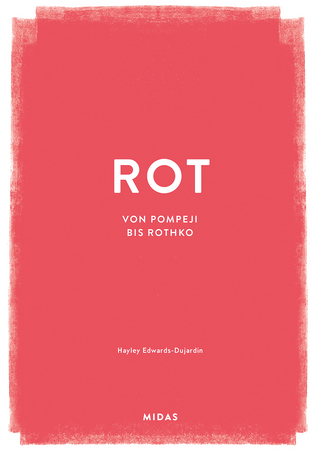
Gerhard Richter, Individualism, and Belonging in West Germany
Seiten
2022
Routledge (Verlag)
978-1-032-20977-7 (ISBN)
Routledge (Verlag)
978-1-032-20977-7 (ISBN)
- Titel z.Zt. nicht lieferbar
- Versandkostenfrei
- Auch auf Rechnung
- Artikel merken
This book reevaluates the art of Gerhard Richter (b. 1932) in relation to his efforts to achieve belonging in the face of West Germany’s increasing individualism between the 1960s and the 1990s.
Richter fled East Germany in 1961 to escape the constraints of socialist collectivism. His varied and extensive output in the West attests to his greater freedom under capitalism, but also to his struggles with belonging in a highly individualised society, a problem he was far from alone in facing. The dynamic of increasing individualism has been closely examined by sociologists, but has yet to be employed as a framework for understanding broader trends in recent German art history. Rather than critique this development from a socialist perspective or experiment with new communal structures like a number of his colleagues, Richter sought and found security in traditional modes of bourgeois collectivity, like the family, religion, painting and the democratic capitalist state.
The book will be of interest to scholars working in art history as well as German history, culture and politics.
Richter fled East Germany in 1961 to escape the constraints of socialist collectivism. His varied and extensive output in the West attests to his greater freedom under capitalism, but also to his struggles with belonging in a highly individualised society, a problem he was far from alone in facing. The dynamic of increasing individualism has been closely examined by sociologists, but has yet to be employed as a framework for understanding broader trends in recent German art history. Rather than critique this development from a socialist perspective or experiment with new communal structures like a number of his colleagues, Richter sought and found security in traditional modes of bourgeois collectivity, like the family, religion, painting and the democratic capitalist state.
The book will be of interest to scholars working in art history as well as German history, culture and politics.
Luke Smythe is Senior Lecturer in Art History & Theory at Monash University.
Introduction 1. Deficits of Belonging 2. Legacies of Displacement 3. The Classical and the Informel 4. The Living Method 5. Elective Affiliation
| Erscheinungsdatum | 11.07.2022 |
|---|---|
| Reihe/Serie | Routledge Research in Art History |
| Zusatzinfo | 20 Halftones, color; 50 Halftones, black and white; 20 Illustrations, color; 50 Illustrations, black and white |
| Verlagsort | London |
| Sprache | englisch |
| Maße | 174 x 246 mm |
| Gewicht | 530 g |
| Themenwelt | Kunst / Musik / Theater ► Kunstgeschichte / Kunststile |
| Kunst / Musik / Theater ► Malerei / Plastik | |
| ISBN-10 | 1-032-20977-1 / 1032209771 |
| ISBN-13 | 978-1-032-20977-7 / 9781032209777 |
| Zustand | Neuware |
| Informationen gemäß Produktsicherheitsverordnung (GPSR) | |
| Haben Sie eine Frage zum Produkt? |
Mehr entdecken
aus dem Bereich
aus dem Bereich


